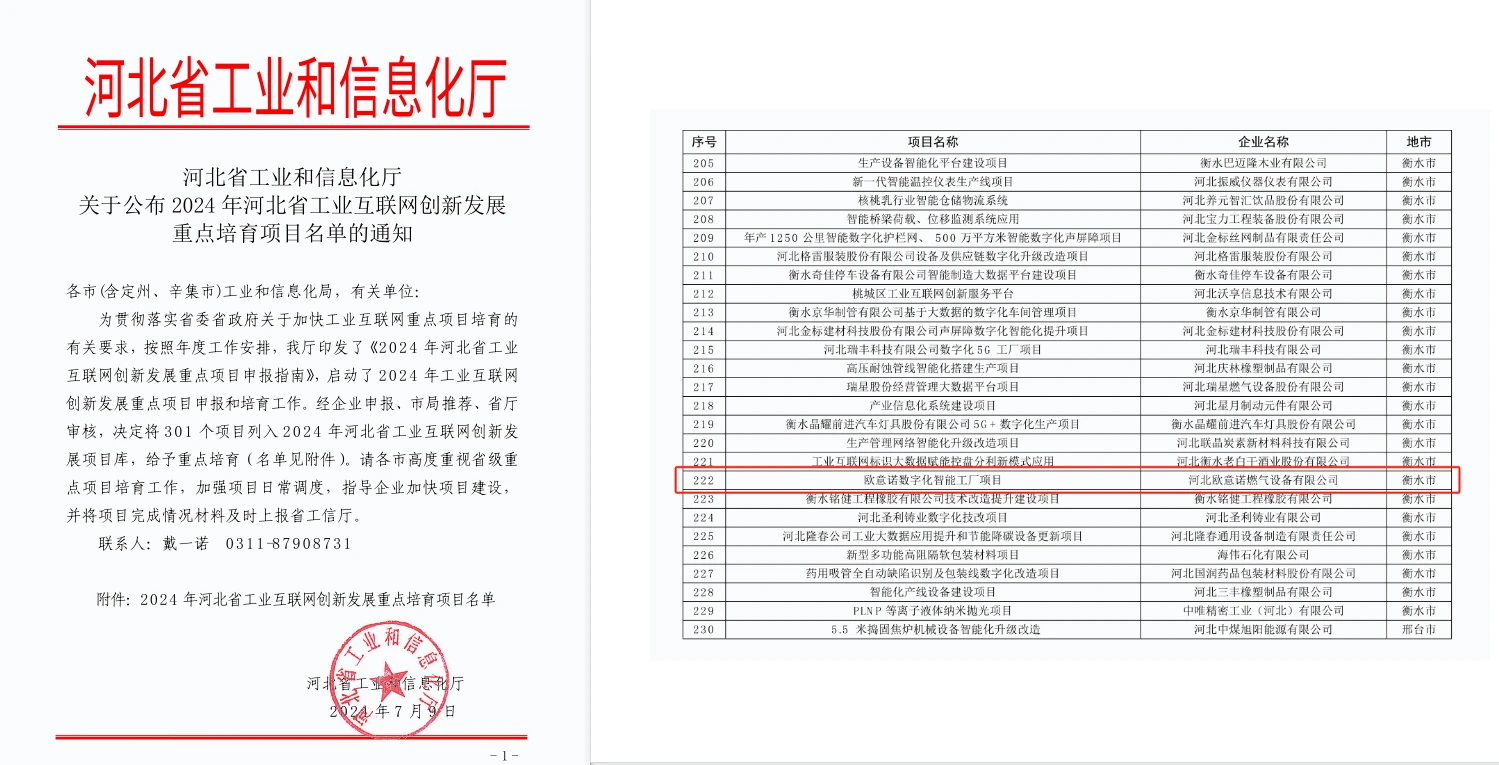
Dec . 11, 2024 05:16
Back to list
Exploring the Benefits and Uses of Liquefied Petroleum Gas in Daily Life
Understanding Liquefied Petroleum Gas (LPG)
Liquefied Petroleum Gas (LPG) is a widely used energy source and a crucial component of the modern energy landscape. LPG is a mixture of propane and butane, both hydrocarbons derived from natural gas processing and petroleum refining. Its versatility, efficiency, and convenience have made it a popular choice for various applications, including heating, cooking, and powering vehicles.
.
LPG's applications are vast and diverse. In the domestic sector, it is commonly used for heating, cooking, and water heating. Many households prefer LPG over electricity for cooking due to its immediate heat response and ability to maintain temperatures consistently. In rural areas, where natural gas pipelines are often unavailable, LPG serves as an essential energy source, allowing families to access energy for cooking and heating efficiently and affordably.
غاز البترول المسال

Industrially, LPG is a favored fuel for many manufacturing processes, including metal and glass production, as well as in chemical manufacturing as a feedstock. It powers forklifts, provides heat for processes like welding and cutting, and serves as a preferred solution for small to medium-sized energy requirements in factories. This wide range of applications highlights LPG's adaptability in meeting various energy demands.
Moreover, LPG is also gaining traction as an automotive fuel. Vehicles powered by LPG, commonly referred to as Autogas, produce lower emissions compared to gasoline or diesel engines, contributing to air quality improvement in urban environments. Many governments promote the use of LPG in transportation as a way to reduce reliance on diesel and petrol, increasing energy security, and promoting cleaner fuels.
Despite its advantages, the use of LPG is not without challenges. Safety is a primary concern, as LPG is flammable and can pose significant risks in the event of leaks or improper handling. It requires a robust infrastructure for storage, transportation, and distribution, which can be a barrier in some regions. Additionally, as a fossil fuel, LPG is still associated with carbon emissions, which poses environmental challenges. As global focus shifts toward sustainable and renewable energy sources, LPG must navigate its role in a future oriented towards cleaner energy solutions.
In conclusion, Liquefied Petroleum Gas plays a vital role in the global energy portfolio. Its versatility, efficiency, and adaptability make it a popular choice across various sectors, from residential to industrial and automotive applications. However, the challenges it faces, particularly regarding safety and environmental impact, necessitate ongoing advancements and best practices in its usage. As we move toward a more sustainable future, the role of LPG may evolve, intertwining with emerging technologies and practices aimed at reducing carbon footprints and enhancing energy security. Its potential in the transitional energy landscape will continue to be a focal point for energy policy discussions and innovations in the years ahead.
Latest news
-
Safety Valve Spring-Loaded Design Overpressure ProtectionNewsJul.25,2025
-
Precision Voltage Regulator AC5 Accuracy Grade PerformanceNewsJul.25,2025
-
Natural Gas Pressure Regulating Skid Industrial Pipeline ApplicationsNewsJul.25,2025
-
Natural Gas Filter Stainless Steel Mesh Element DesignNewsJul.25,2025
-
Gas Pressure Regulator Valve Direct-Acting Spring-Loaded DesignNewsJul.25,2025
-
Decompression Equipment Multi-Stage Heat Exchange System DesignNewsJul.25,2025

